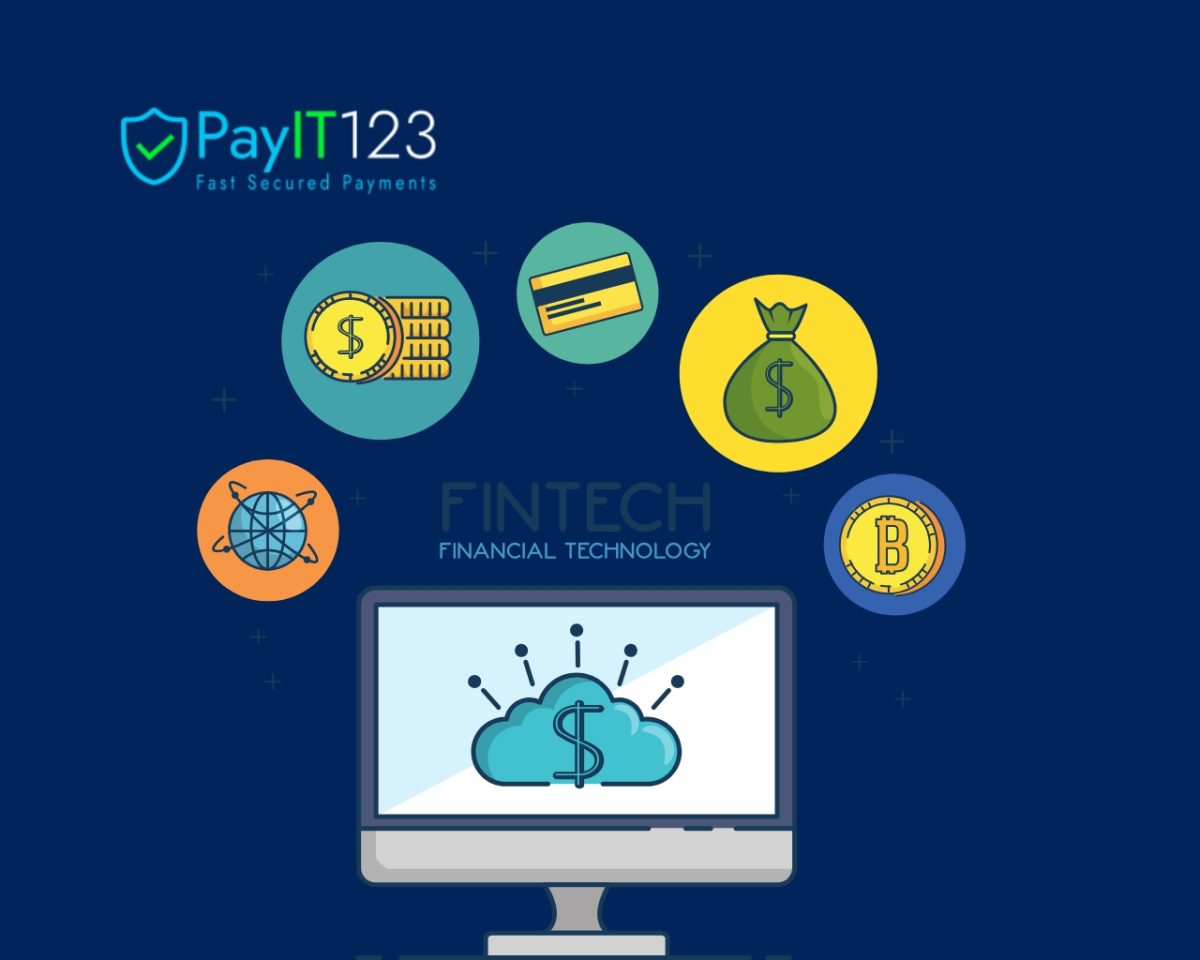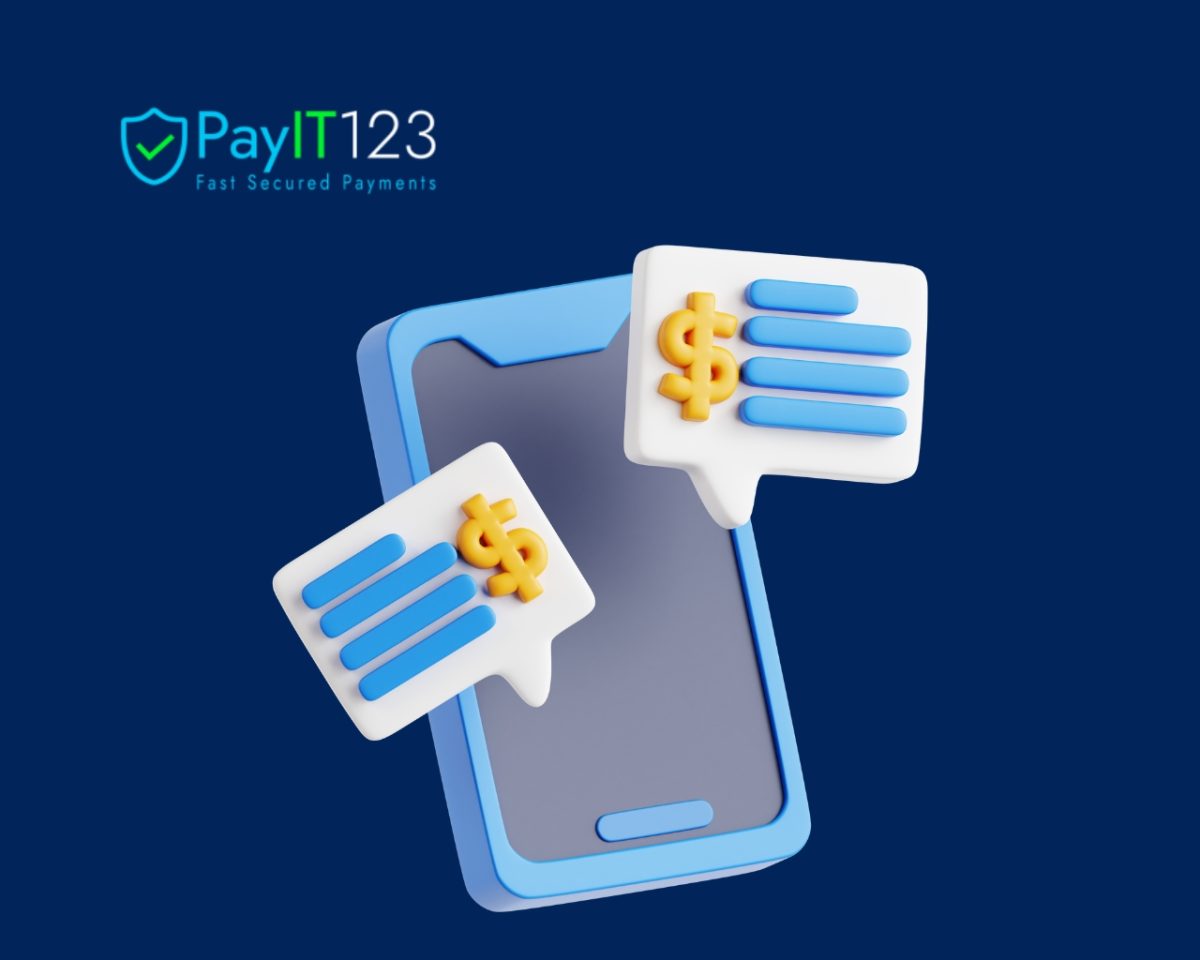Introduction
The fintech revolution has transformed the global financial landscape, democratizing access to banking, enhancing transaction efficiency, and fostering innovation. As the sector continues to evolve, digital wallets, onramps, and emerging technologies are shaping the future of how we manage and move money. From revolutionizing payments to streamlining access to cryptocurrency, fintech is at the forefront of building a seamless, inclusive financial ecosystem.
This blog explores the future of fintech, focusing on the rise of digital wallets, the importance of onramps, and the technologies driving the industry forward.
1. The Rise of Digital Wallets
What Are Digital Wallets?
Digital wallets, or e-wallets, are software applications that store payment information securely and allow users to make electronic transactions. Examples include PayPal, Apple Pay, Google Pay, and Venmo. These wallets have become a cornerstone of modern fintech, offering convenience, security, and speed.
Why Are Digital Wallets Growing?
a. Consumer Convenience
Digital wallets streamline transactions by eliminating the need for physical cards or cash. With smartphones, users can make payments, transfer money, and manage their finances in real-time.
b. Enhanced Security
Using encryption and tokenization, digital wallets offer heightened security compared to traditional payment methods. Features like biometric authentication add a layer of protection.
c. Financial Inclusion
For underbanked populations, digital wallets provide an accessible way to store and manage money without a traditional bank account. Platforms like M-Pesa in Kenya have brought financial services to millions in underserved regions.
d. Integration with Emerging Technologies
Integrating digital wallets with blockchain and cryptocurrencies paves the way for seamless global transactions. Wallets like MetaMask allow users to store and trade digital assets, bridging the gap between traditional and decentralized finance (DeFi).
The Future of Digital Wallets
The next generation of digital wallets will likely include:
- Cross-border Payment Solutions: Eliminating currency conversion complexities for global transactions.
- AI-Powered Financial Management: Offering budgeting insights and personalized recommendations.
- Multi-Asset Storage: Supporting traditional currencies, cryptocurrencies, and digital collectibles like NFTs.
2. The Role of Onramps in Fintech
What Are Onramps?
Onramps are platforms or services that allow users to convert traditional currencies (fiat) into digital currencies like Bitcoin or Ethereum. They are critical for bridging the gap between conventional finance (TradFi) and decentralized finance (DeFi).
Why Are Onramps Important?
a. Simplifying Access to Cryptocurrencies
Onramps make it easier for individuals and businesses to participate in the crypto economy. Platforms like Coinbase, MoonPay, and Ramp have simplified buying and selling digital assets.
b. Driving Mainstream Adoption
By providing a user-friendly gateway to crypto, onramps are helping to demystify blockchain technology and encouraging broader adoption.
c. Supporting DeFi Ecosystems
Onramps enable users to fund decentralized applications (dApps) and participate in DeFi activities like staking, lending, and trading.
The Future of Onramps
The future of onramps will likely involve:
- Regulatory Compliance: Balancing innovation with compliance to ensure user safety.
- Seamless Integration with Wallets: Enhancing the user experience by allowing instant fiat-to-crypto conversions within digital wallets.
- Support for Emerging Markets: Expanding access to crypto in regions with unstable fiat currencies.
3. Key Technologies Shaping Fintech
The fintech industry is driven by several transformative technologies that promise to redefine financial services in the coming years.
a. Blockchain and Cryptocurrencies
Blockchain technology underpins many fintech innovations, offering transparency, security, and decentralization. Cryptocurrencies like Bitcoin and Ethereum are becoming integral to payment systems and investment portfolios.
Future Trends:
- Central Bank Digital Currencies (CBDCs): Governments are exploring CBDCs to offer secure, state-backed digital currencies.
- Smart Contracts: Automating financial agreements without intermediaries.
b. Artificial Intelligence (AI)
AI is enhancing efficiency and personalization in fintech. Applications include fraud detection, credit scoring, and robo-advisors.
Future Trends:
- AI-Powered Personal Finance Tools: Providing tailored budgeting advice and investment strategies.
- Advanced Fraud Prevention: Real-time monitoring of transactions for suspicious activities.
c. Internet of Things (IoT)
IoT devices enable innovative payment solutions, such as wearable payment technology and smart home integrations.
Future Trends:
- Connected Commerce: Allowing payments via smart devices like refrigerators or cars.
- Seamless Authentication: Using IoT for biometric and behavioral authentication.
d. Decentralized Finance (DeFi)
DeFi platforms eliminate traditional financial intermediaries, offering users greater control over their assets.
Future Trends:
- Yield Farming and Staking: Providing users with passive income opportunities.
- Cross-Chain Compatibility: Enhancing interoperability between different blockchain networks.
4. Challenges Facing the Future of Fintech
While fintech offers tremendous opportunities, it also faces significant challenges.
a. Regulatory Hurdles
Balancing innovation with compliance is a significant challenge. Regulators strive to keep pace with rapid technological advancements, especially in crypto and DeFi.
b. Cybersecurity Risks
The increased reliance on digital systems makes fintech a target for cyberattacks. Ensuring data security and protecting user assets are critical priorities.
c. Bridging the Digital Divide
While fintech promotes financial inclusion, access to digital services remains a barrier in some regions. Expanding connectivity and affordability is essential for inclusive growth.
5. Fintech Beyond Payments: The Broader Ecosystem
The impact of fintech extends beyond payments and wallets, touching various aspects of the financial sector.
a. Lending and Credit
Platforms like LendingClub and SoFi are redefining personal and business loans, offering faster approvals and better interest rates.
Future Trends: AI-powered credit scoring models and blockchain-based peer-to-peer lending.
b. Wealth Management
Robo-advisors like Betterment and Wealthfront are democratizing investment, making it accessible to individuals with minimal capital.
Future Trends: Integration with DeFi platforms for decentralized investment options.
c. Insurtech
Fintech is disrupting the insurance industry by simplifying claim processing and improving risk assessment through AI and big data.
Future Trends: Usage-based insurance models and blockchain-based smart contracts for instant payouts.
6. The Role of Collaboration in Fintech’s Future
Collaboration between fintech companies, traditional financial institutions, and regulators will drive innovation while maintaining trust and security.
a. Partnerships with Banks
Banks and fintechs are increasingly working together to combine innovation with established infrastructure. Examples include embedded finance solutions, where banking services are integrated into non-financial platforms.
b. Regulatory Sandboxes
Regulators are establishing sandboxes to allow fintech companies to test new products in a controlled environment, fostering innovation without compromising consumer protection.
7. The Global Impact of Fintech
Fintech is transforming economies worldwide, with regional variations in adoption and innovation.
a. Emerging Markets
In regions like Africa, Asia, and Latin America, fintech is driving financial inclusion by offering mobile banking and payment solutions to underserved populations.
Example: India’s Unified Payments Interface (UPI) has revolutionized digital payments, enabling seamless peer-to-peer and business transactions.
b. Developed Economies
In developed economies, fintech is enhancing convenience and efficiency. From digital wallets to AI-powered financial planning tools, consumers are embracing these innovations for their simplicity and speed.
Conclusion: A Seamless Future
The future of fintech is a seamless, interconnected ecosystem where digital wallets, onramps, and cutting-edge technologies converge to redefine financial services. As fintech continues to evolve, it promises to enhance financial inclusion, streamline global transactions, and empower individuals with greater control over their money.
Businesses and consumers must stay informed and adapt to these changes, leveraging fintech’s potential to drive efficiency, innovation, and growth in an increasingly digital world.
#FintechFuture #DigitalWallets #Onramps #DeFi #BlockchainInnovation #FutureOfFinance #SmartPayments #FintechTrends #GlobalFinance










